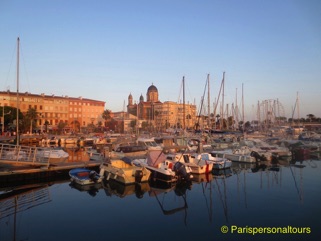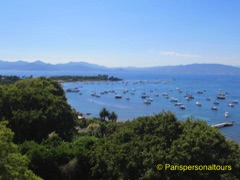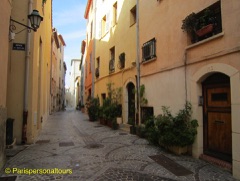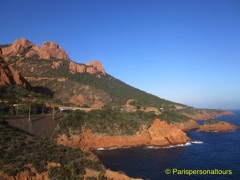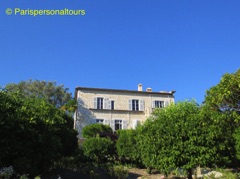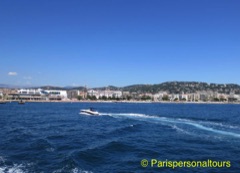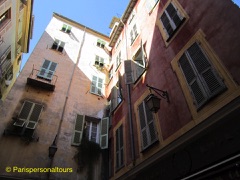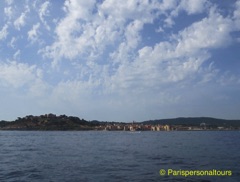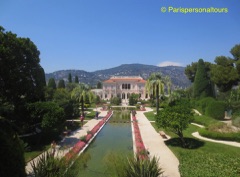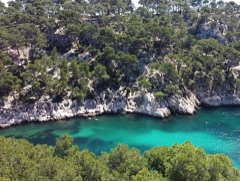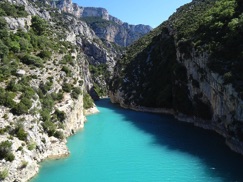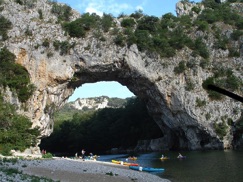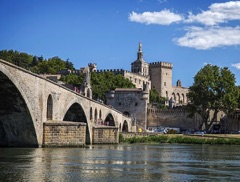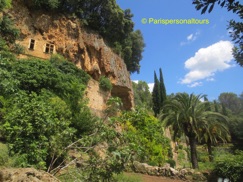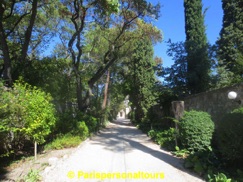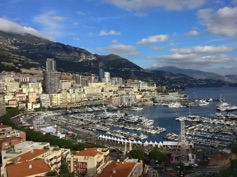
Saint-Raphaël
Cannes
In the footsteps
of Van Gogh
Marseille / Calanques
Saint-Tropez
Nice
The Corniche d'Or
Monaco / Monte-Carlo
Verdon Canyon
Theme Tours
In search of
hidden waterfalls...
Nice Carnival and
Lemon festival at Menton
Now, to know all about my second hometown (you know, where you'll be staying), please click on the picture below:
Saint-Raphael is ideally located halfway between Cannes and Saint-Tropez:
Also please make sure you check out my
Sainte-Marguerite Island
This map is not 100% accurate because it comes from a book printed in 1752 which belongs to me (I love old maps!).
All I did was to add the blue for the sea and cover the original town names with clickable-buttons (not bad, huh?).
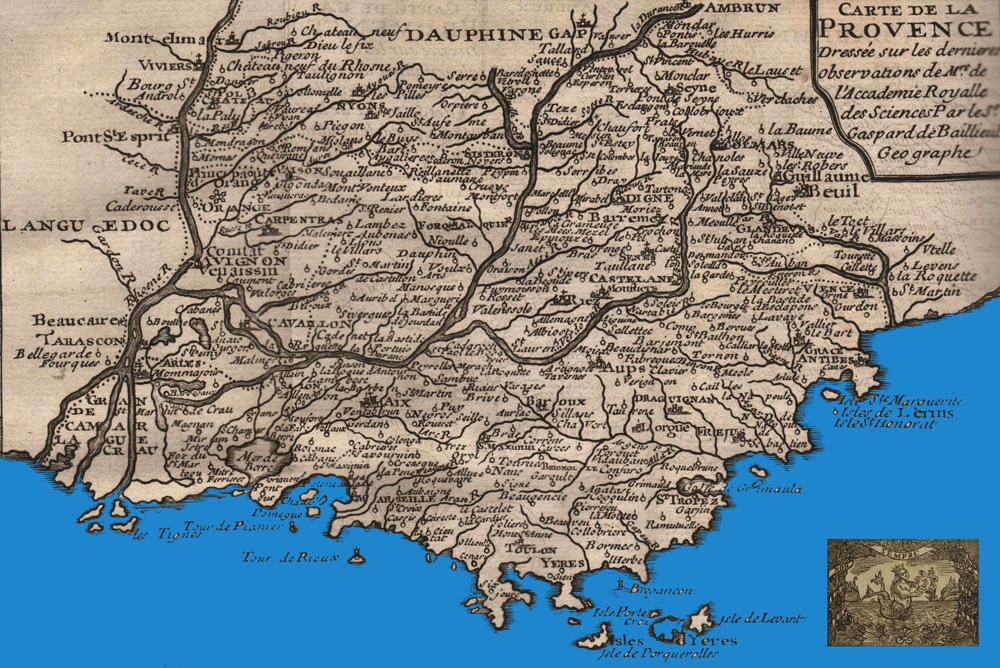
From there, it’s:
one hour drive to Cannes
1h15 to Cagnes/Mer, Nice (airport), Saint-Tropez or Saint-Paul-de-Vence
1h30 to Monte Carlo or Aix-en-Provence
1h45 to Marseille or Cassis
2h to Arles or to the Verdon Canyon
2h15 to Avignon
3h30 to the Ardeche Canyon + Pont-d'Arc cave
Cagnes-sur-Mer and
Saint-Paul-de-Vence
First of all, let it be known that the French don't call the Riviera "the Riviera" (like we don't call Mona Lisa "Mona Lisa"). "Riviera" was/is typical of English use. It originally comes from the Italian noun "Riviera" which means "coastline". It was the English (them again) who first called the coast West of Ventimiglia (Italy) "French Riviera" in comparison of the "Italian Riviera" which spread on the other side of the border with the town of Genoa at its epicenter.
For the French, the Riviera is known as the "Côte d'Azur", "azur" referring to the sky-blue color, which could therefore be translated as the "blue coast". Its boundaries are not precise: it always starts at Menton (the closest town to Italy) but, concerning its West limit, some guide books make it stop at Cannes, others at Saint-Tropez, while on the French side we easily extend it to Toulon, if not Marseille...
The French Riviera was first discovered as a winter resort by the English at the end of the 18th century but it had to wait till the second half of the 19th century (when the train made it more accessible) to attract the wealthiest aristocrats and industrialists of Northen Europe and Russia. A lot of them built luxurious villas on the Côte d'Azur to spend their winters there because of the mild weather, the artists soon followed...
But it was a few high-spirited Americans (see my description of Saint-Raphael here below when you click on the picture) who made the French Riviera a summer destination in the 1920s. Since then, what was unthinkable before has become a long time tradition for the French and international tourists alike: sunbathing on the beach is the ultimate chic!
The Estérel massif
Antibes / Juan-les-Pins
Villa E. de Rothschild
Aix-en-Provence
Ardeche Canyon
Avignon
